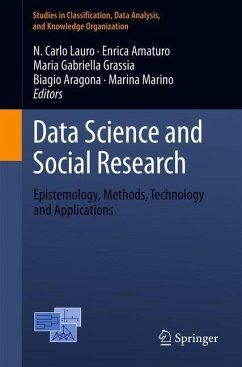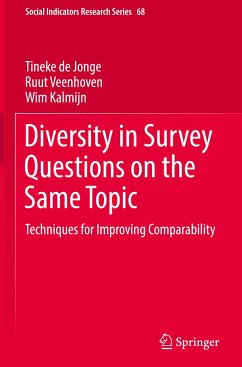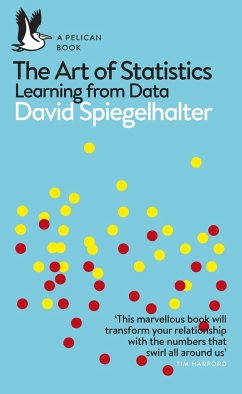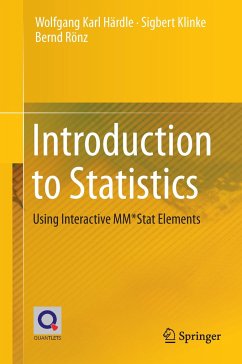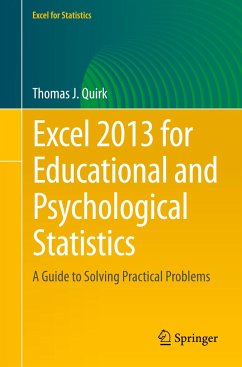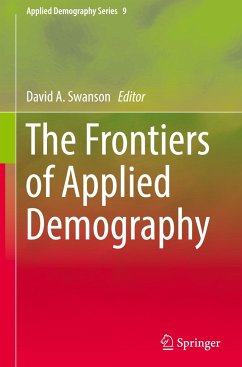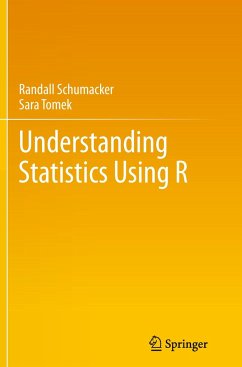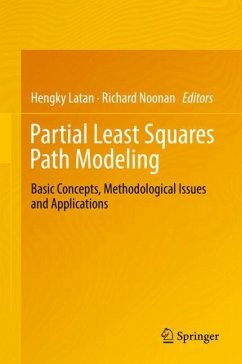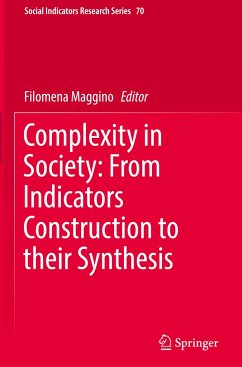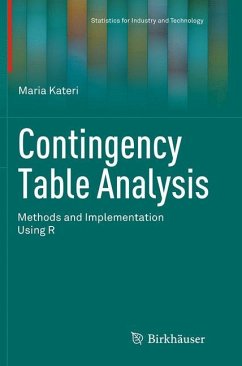
Contingency Table Analysis
Methods and Implementation Using R
Versandkostenfrei!
Versandfertig in 6-10 Tagen
38,99 €
inkl. MwSt.
Weitere Ausgaben:

PAYBACK Punkte
19 °P sammeln!
Contingency tables arise in diverse fields, including life sciences, education, social and political sciences, notably market research and opinion surveys. Their analysis plays an essential role in gaining insight into structures of the quantities under consideration and in supporting decision making.Combining both theory and applications, this book presents models and methods for the analysis of two- and multidimensional-contingency tables. The author uses a threefold approach, presenting fundamental models and related inference, highlighting their interpretational aspects, and demonstrating ...
Contingency tables arise in diverse fields, including life sciences, education, social and political sciences, notably market research and opinion surveys. Their analysis plays an essential role in gaining insight into structures of the quantities under consideration and in supporting decision making.
Combining both theory and applications, this book presents models and methods for the analysis of two- and multidimensional-contingency tables. The author uses a threefold approach, presenting fundamental models and related inference, highlighting their interpretational aspects, and demonstrating their practical usefulness. Emphasis is on applications and methods of fitting models using standard statistical tools - such as SPSS, R, and BUGS - and on interpretation of the results.
An excellent reference for advanced undergraduates, graduate students, and practitioners in statistics as well as biosciences, social sciences, education, and economics, the work may also be used as a textbook for a course on categorical data analysis. Prerequisites include basic background on statistical inference and knowledge of statistical software packages.
Combining both theory and applications, this book presents models and methods for the analysis of two- and multidimensional-contingency tables. The author uses a threefold approach, presenting fundamental models and related inference, highlighting their interpretational aspects, and demonstrating their practical usefulness. Emphasis is on applications and methods of fitting models using standard statistical tools - such as SPSS, R, and BUGS - and on interpretation of the results.
An excellent reference for advanced undergraduates, graduate students, and practitioners in statistics as well as biosciences, social sciences, education, and economics, the work may also be used as a textbook for a course on categorical data analysis. Prerequisites include basic background on statistical inference and knowledge of statistical software packages.




